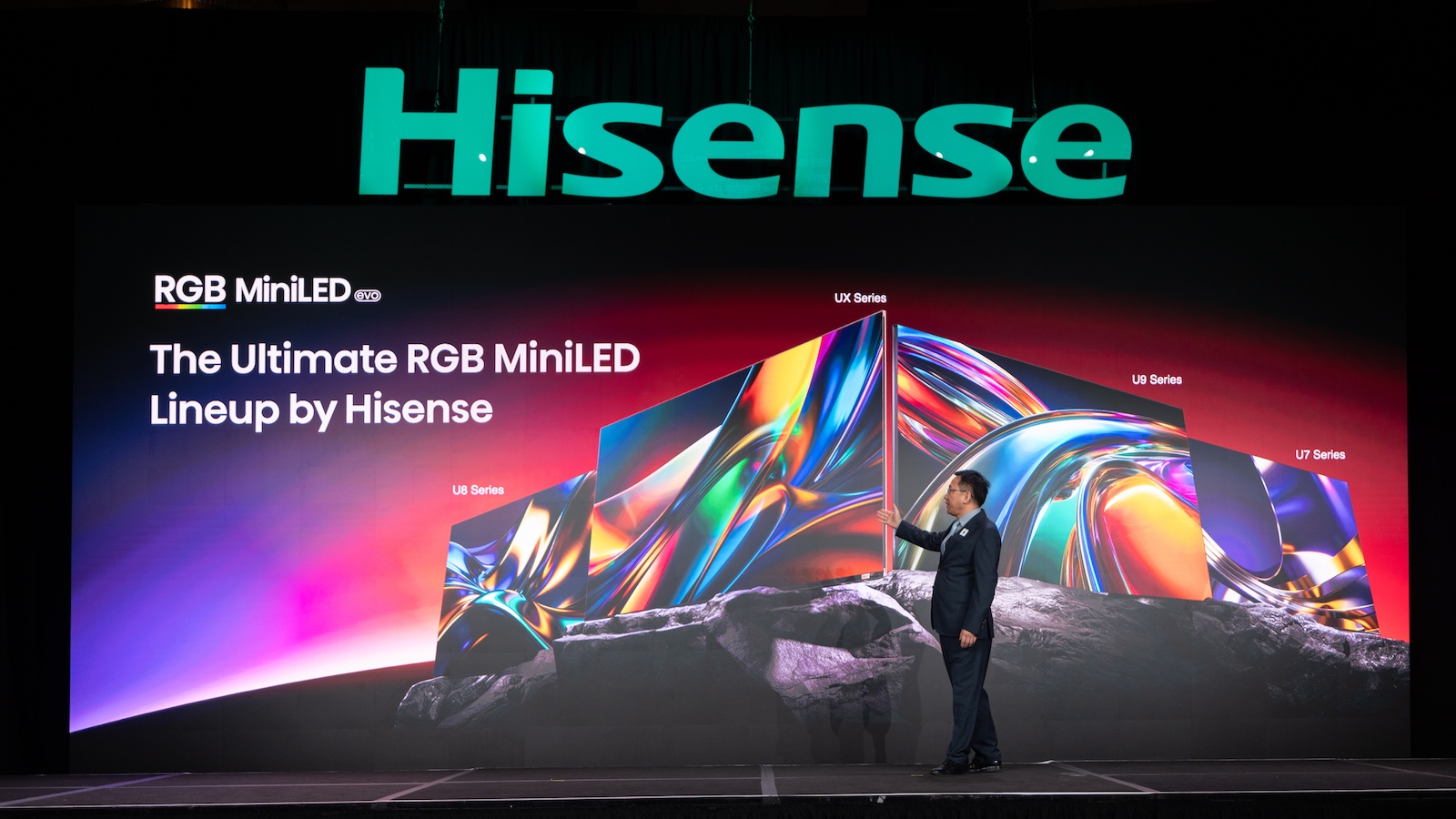What Hi-Fi? Verdict
It’s not as bright as the best big OLEDs but this flagship 48-inch TV from Sony is still exceptionally good
Pros
- +
Extraordinarily sharp, solid, detailed
- +
Effortless naturalism
- +
Good HDMI 2.1 feature set
Cons
- -
Not as bright or insightful as some
- -
LG's have even better gaming specs
- -
Still more expensive than rivals
Why you can trust What Hi-Fi?
Sony's fancy QD-OLED TVs are only available in two sizes: 55 inches and 65 inches. Does that mean that those buyers looking for a smaller TV are starved of a true flagship TV? It does not, because for those people Sony has this A90K model.
Its OLED panel might lack the Quantum Dots of its limelight-stealing sibling, but the A90K, here reviewed in 48-inch form, is still supremely premium and brilliantly capable – to the extent that, even two years since launch, it remains one of the best Sony TVs you can buy and still has a place in our list of the best 50-inch TVs (which also covers 48-inch models).
Price
For reasons unknown, Sony didn’t launch a new 48-inch OLED TV in 2021. Instead, the previous year's A9 (A9S in the US) was tasked with holding the fort against increasingly large ranks of rivals for almost two years while we waited for this XR-48A90K to arrive.
Originally priced at £1899 / $1500 (around AU$3350), the 48-inch A90K can be picked up for £1599 / $1400 / AU$2290 in July 2023.
If you're thinking that the A90K should have been replaced by now, we hear you, but Sony has once again decided that its 'small' OLED models should have a two-year lifecycle, so the 42-inch and 48-inch A90K will continue through this year and into 2024, when they'll presumably finally be replaced.
Despite being over a year old, the A90K is still more expensive than LG's brand-new 48-inch C3 (£1499 / $1250 / AU$2595). Last year's 48-inch C2, meanwhile, has been discounted down to just £999 / $975 / AU$1900.
Design
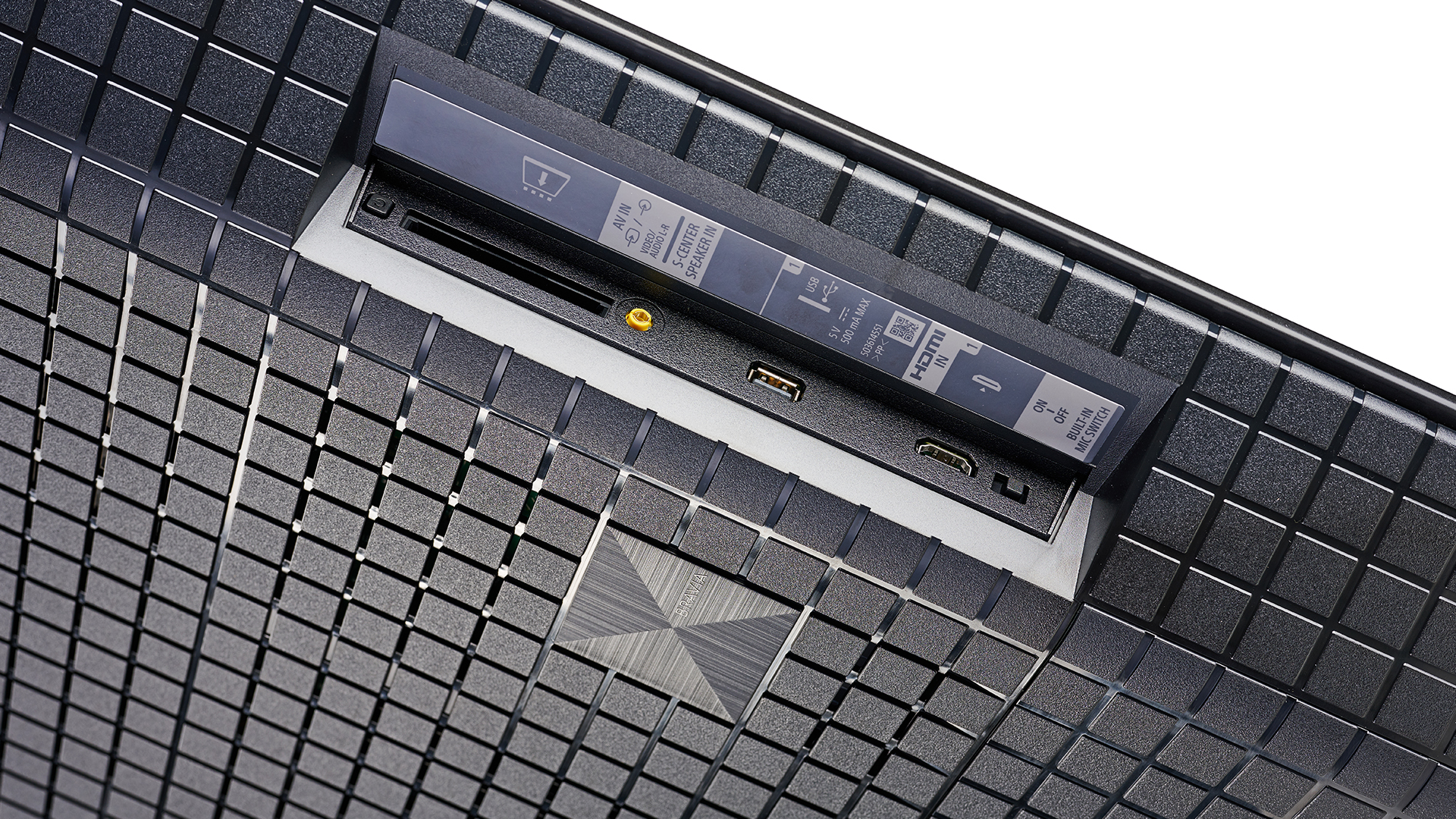
Design-wise, Sony has set out to keep the A90K as compact as possible. The display itself is surrounded by a black bezel that’s just 8mm thick at the top and about 12mm on the sides and bottom. The bottom also then has a dark grey chin with a subtle Sony logo on the far-left. The low-profile stand is just 50cm wide and 23cm deep, making it easy to find furniture with the necessary surface area for the TV.
The latest hi-fi, home cinema and tech news, reviews, buying advice and deals, direct to your inbox.
In the default stand position, the bottom edge of the TV is raised by just half a centimetre, but a pair of stilts are included in the box that, once attached, create a gap between stand and shelf of about 7cm – room for a soundbar or, if you’re eyeing up the TV as a gaming monitor, perhaps a console or your keyboard and mouse.
At 5.9cm, the A90K is thicker than LG's 48-inch C2 and C3 (both 4.7cm), and the plastic enclosure that houses the processing hardware, speakers and connections covers more of the screen’s rear, leaving only a small section of OLED TV super-slimness with which to wow your friends. That rear has been given some attention, though, with an etched grid pattern covering the whole surface and plastic panels provided, with which you can hide most of the connections – though those on the side remain exposed and therefore more readily accessible.
Features
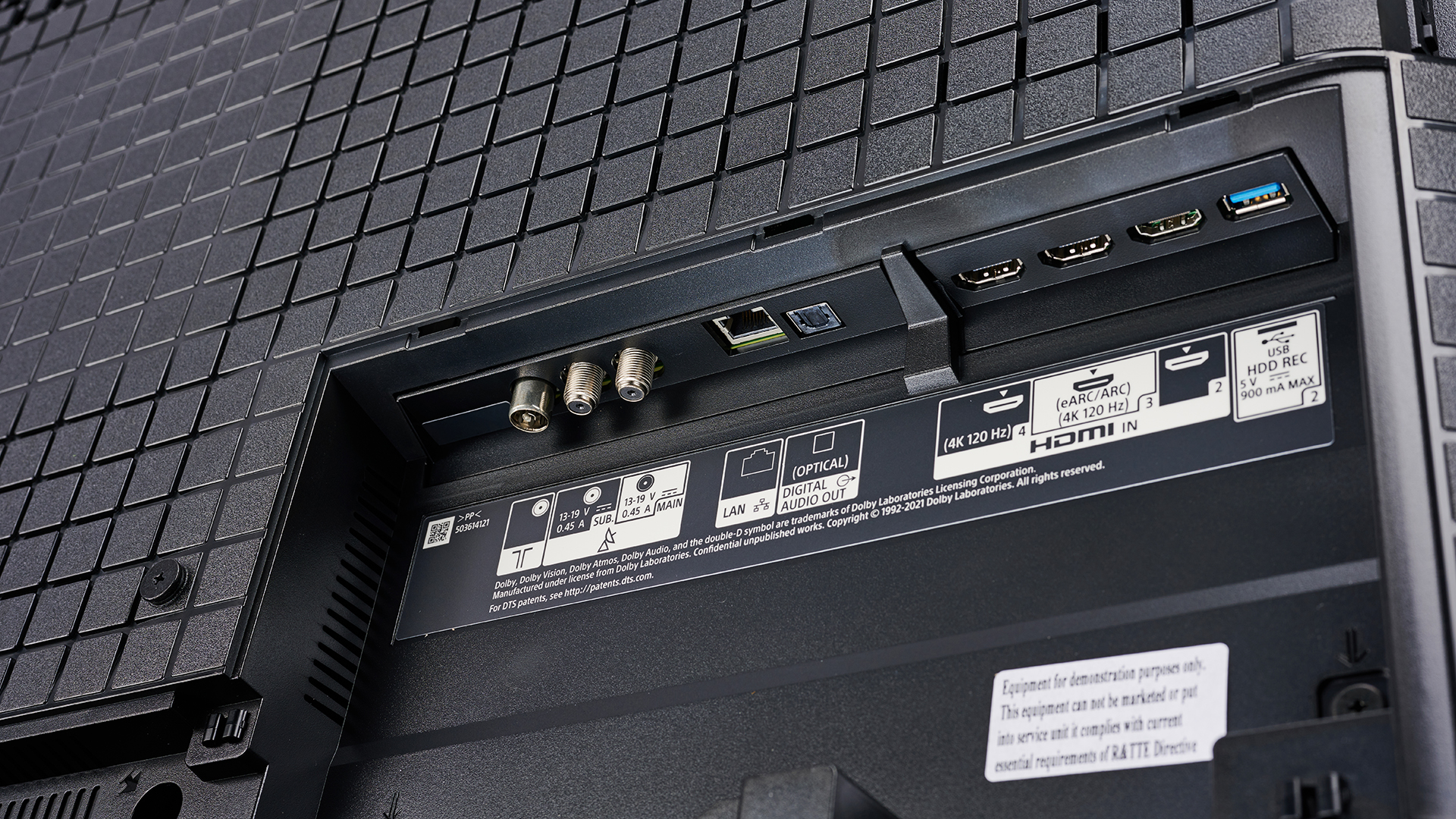
Those connections include two USBs, an ethernet socket, an optical output, aerial and twin satellite inputs (the set supports Freesat in the UK), and four HDMIs. Nestled in this area is also a little switch that can be used to turn on or off the microphone that’s built into the TV’s frame and which enables entirely handsfree TV control via Google Assistant.
Inevitably, it’s the HDMIs and their respective specs and supported features that will be of most interest to most potential buyers. Like the A95K QD-OLED and, in fact, all of Sony's new 2023 models, the A90K has two HDMI 2.0 sockets and two HDMI 2.1 sockets, the latter with the full-fat bandwidth of 48Gbps. These connections support the next-gen 4K/120Hz, VRR and ALLM gaming features. There’s no HGiG mode, but the PS5-specific Auto HDR Tone Mapping does at least mean that gamers on Sony’s console will automatically get a fairly accurate picture performance – though we recommend you double-check its recommendations.
Xbox Series X and S gamers will be disappointed to find that there’s no Dolby Vision game mode, though, which means that input lag is unplayably high when Dolby Vision is activated.
Input lag in the standard Game mode measures around 21ms, which isn’t super-low, but is more than low enough to be imperceptible to most gamers. The only other thing for hardcore gamers to bear in mind is that one of the HDMI 2.1 sockets also handles eARC, so if that is needed to output sound to a soundbar or AV receiver, you’ll be down to just one HDMI 2.1 input for consoles and/or a PC. LG’s C2 and C3 OLEDs have four HDMI 2.1 sockets, all of which support all of the next-gen gaming features, and it also has HGiG and Dolby Vision game modes.
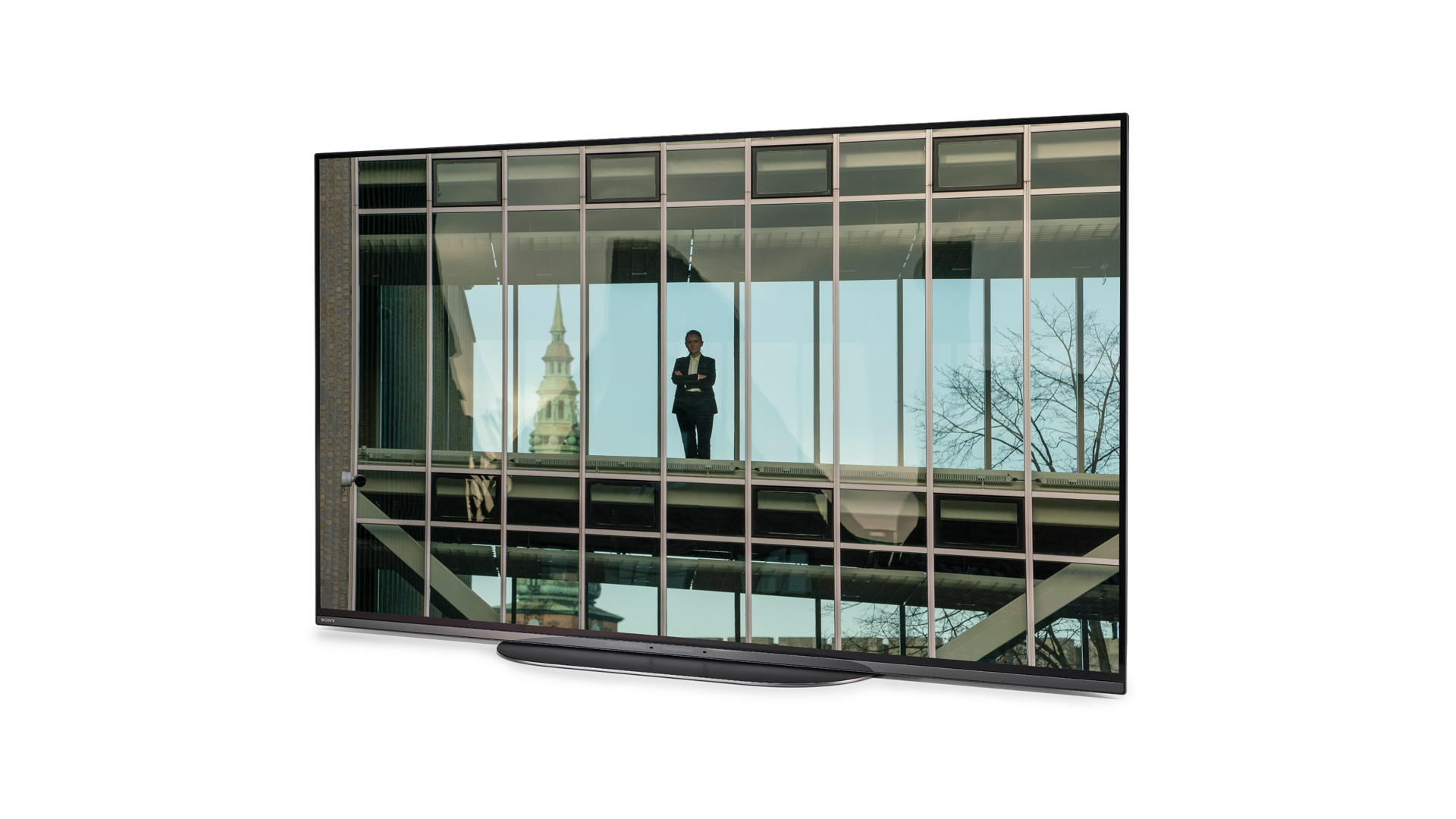
Screen size 48 inches (also available in 42in)
Type OLED
Resolution 4K
HDR formats HDR10, HLG, Dolby Vision
Operating system Google TV
HDMI inputs x4
HDMI 2.1 48Gbps, x2
Gaming features 4K/120, VRR, ALLM
Input lag 21ms
ARC/eARC eARC
Optical output Yes
Dimensions (hwd, without stand) 62 x 107 x 5.9cm
Switching away from gaming to core picture technology, Sony's 2022 XR TVs use the company’s Cognitive Processor XR, which debuted the previous year. The most notable addition is a new 'Depth Map' feature that identifies and enhances near objects while slightly suppressing the background in order to increase depth perception.
Sony has also apparently enhanced its Flexible Colour Contrast Control feature, which is designed to intelligently improve the vibrancy of colours on screen without adding artificiality. For this model, the feature is said to have more control over saturation as well as luminance, making greater enhancement possible.
As with other new Sony OLED TVs, the A90K is what Sony dubs an XR OLED Contrast Pro model, which means that it apparently combines a number of factors (a high luminance panel, temperature distribution mapping, simultaneous WRGB light emission and intelligent control from the XR processor) in order to generate higher peak and overall brightness than rival OLED TVs. Sony refuses to be drawn on whether the A90K uses LG's new OLED.EX panel, but has told us that it utilises "the latest available panels", which would suggest that that's the case.
Picture

There’s been a fair amount of discussion about the fact that the 42-inch and 48-inch versions of LG’s C2 don’t go as bright as their larger counterparts due to how tightly packed-in the OLEDs are, so it’s not very surprising to find that the A90K isn’t as bright as its larger, QD-OLED sibling, the A95K, despite the XR OLED Contrast Pro technology. While the image doesn’t leap from the screen in quite the same way, though, it’s still a sight to behold.
The TV is at its best when playing 4K Dolby Vision content – as long as you opt for the Dolby Vision Bright mode rather than Dolby Vision Dark, which is too dim even in a pitch black room. Playing the latest season of Stranger Things via Netflix, one gets the feeling that Sony is extracting every ounce of performance from the OLED panel without stretching its limitations to breaking point. So while it’s not as bright as the brightest new OLEDs, its brightest picture elements contain more colour – we’re not quite talking A95K-degrees of bright colour saturation, but the gap is much smaller than expected. It makes for a beautifully rich and vibrant picture from top to bottom.
Don’t let this talk of richness and vibrancy lead you into thinking that the A90K is in any way unsubtle, because the opposite is true. Sony’s trademark balance and authenticity is present and correct, so while the fiery red light of The Upside Down is punchy and vivid, the underground facility where the gifted children are trained has subtle shading to break up the sanitised paleness, and skin tones are utterly lifelike. There's an incredible amount of detail to faces, too. In fact, there’s an incredible amount of detail to the whole image. Not in a way that’s exaggerated or enhanced, but realistic and believable.
Contrast is also superb. There’s slightly less dark detail than is dug up by the 65-inch C2 and G2, with there being a little less insight into the dark, mountainous landscape behind a Russian prison in one of Stranger Things’ later episodes, but the combination of black purity and bright, vibrant highlights is striking.
The A90K’s image is just as sharp and solid as that of its A95K sibling, which is perhaps no great surprise given the shared processing technology and the increased pixel density of the smaller set. This sharpness is maintained even during movement, thanks to Sony’s peerless motion processing, which smooths out judder and retains edge definition without adding ghosting, shimmer or the dreaded soap opera effect. Rivals are making progress in this area, but Sony is still king.
We can’t watch Dolby Vision forever, unfortunately, so it's good news that the A90K is practically as impressive with HDR10 content. Using the most accurate Cinema preset, Interstellar has the cinematic warmth one would hope for without the sepia dullness that some other TVs are guilty of producing in their equivalent picture modes. Instead, that richness, vibrancy and realism remains, and there’s plenty of pop to the blinking lights of the ship’s instrument panel and the metal trim of Matthew McConaughey's spacesuit.
The image is terrifically sharp and solid again, but that’s what you’d expect of 4K. Drop down to 1080p with Ex Machina, though, and the A90K proves to be an excellent upscaler, producing an image that doesn’t quite look 4K, but isn’t far off. Similarly, there’s a degree of punch that’s rare for SDR material and makes for a really engaging but altogether natural delivery. Even the first series of Peep Show in standard-def, which is pretty much as rough as source material gets, has an unexpected clarity, crispness and pop. In short, the A90K, like the A95K, is an upscaler of rare talent.
Sound

Smaller TVs often struggle to produce satisfying bass, and so it proves with the A90K, with the usually thumping beats at the bottom-end of Blade Runner 2049’s soundtrack sounding somewhat limp and lightweight. The delivery is overall a little bit thin, and occasionally a little sharp at the top, but it’s also very clear, direct and detailed.
The Acoustic Surface Audio+ technology, which features actuators that vibrate the whole screen in order to generate sound, ensures that the sound is tied to the image in a way that typical TV speaker systems can’t match, with voices and effects often even sounding as if they're coming from specific parts of the screen. And while the A90K seemingly can’t create a soundfield as wide or as tall as some larger TVs, the audio does stretch out beyond the confines of the screen, creating a certain amount of cinematic spaciousness, the effectiveness of which is somewhat dependent on how close to the screen you’re sitting.
All told, the A90K sounds good by the standards of relatively small TVs, but we heartily recommend that you utilise the space created by the stilts in the box and add a soundbar such as the Sonos Beam Gen 2.
Verdict
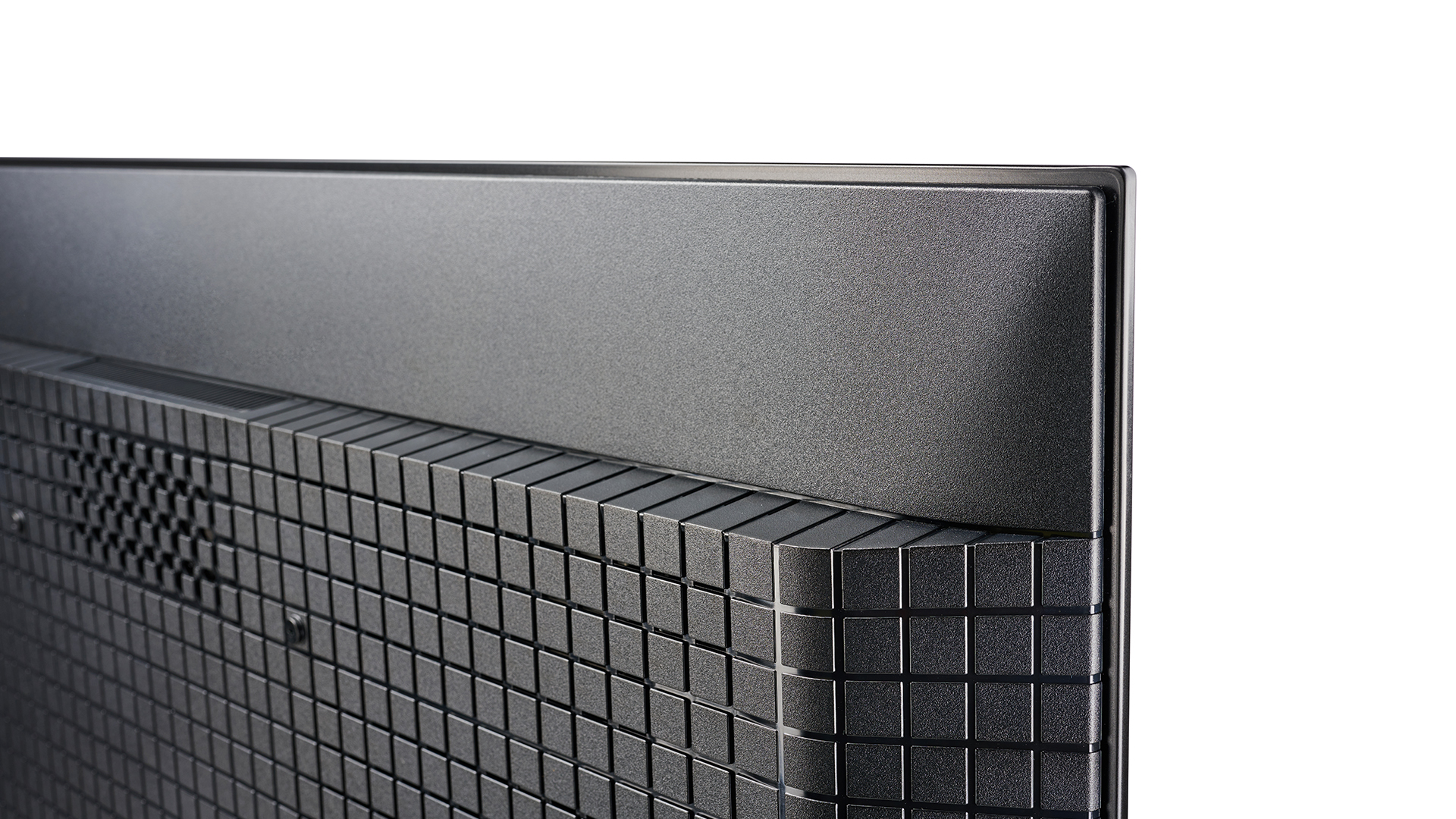
In summary, the 48-inch Sony A90K OLED is a force to be reckoned with. It might not quite have the flawless gaming feature set of an LG OLED, but it’s a very good gaming TV in its own right, particularly if you’re a PS5 player.
Where the A90K is almost flawless is in its picture quality. We’ve never before tested a TV this size that’s this good. The fact that it's significantly more expensive than not only last year's LG C2 but also the newer C3 will be a big stumbling block for many, but for those with the budget, the Sony A90K remains an excellent option.
SCORES
- Picture 5
- Sound 4
- Features 4
MORE:
Read our review of the Sony XR-55A95K
Also consider the LG C2 and C3
Best gaming TVs for PS5 and Xbox Series X (and all other consoles)
Tom Parsons has been writing about TV, AV and hi-fi products (not to mention plenty of other 'gadgets' and even cars) for over 15 years. He began his career as What Hi-Fi?'s Staff Writer and is now the TV and AV Editor. In between, he worked as Reviews Editor and then Deputy Editor at Stuff, and over the years has had his work featured in publications such as T3, The Telegraph and Louder. He's also appeared on BBC News, BBC World Service, BBC Radio 4 and Sky Swipe. In his spare time Tom is a runner and gamer.
- Ketan BharadiaTechnical Editor

